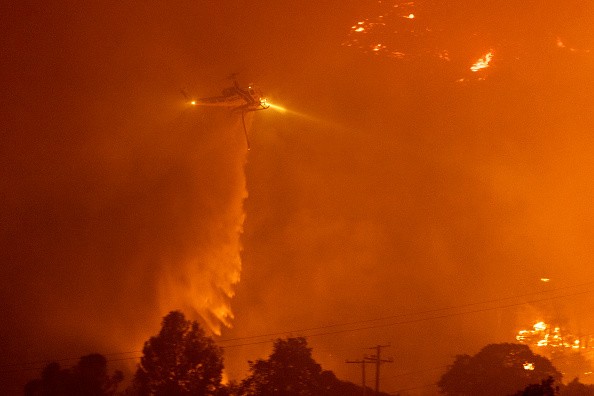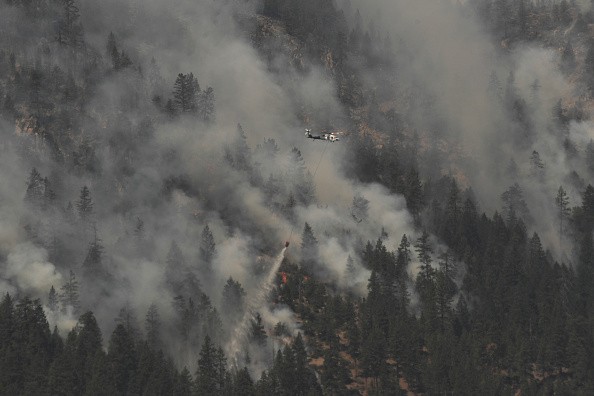This year's wildfires burning across the planet have emitted a record amount of carbon dioxide. CO2 is a primary ingredient in the greenhouse gasses that adds to the change in climate.
As per the data which a senior scientist at the European Union's Copernicus Atmosphere Monitoring Service (CAMS) whose name is Mark Parrington compiled, fires have released 4.3 gigatonnes (4.7 gigatons) of carbon dioxide as of the 16th of August.

As per the International Energy Agency policy center, European Union's 27 member nations produced a relatively minimal 2.7 gigatons in comparison.
It could worsen: Northern California's wildfire season doesn't usually end until October, as per the California Department for Forestry and Fire Protection, and has extended into December in recent years.
This 2021's soaring CO2 levels, though, are in great part because of the over 190 forest fires that have consumed parts of Siberia.
As of the beginning of August, NASA made a report that 505 megatons of carbon dioxide have been discharged skywards above the distant Sakha Republic in northeastern Siberia - more than the 450 megatons emitted last year, with some more weeks of wildfire season to go.
Climate Change
The thick, extensive, acrid fumes emanating from hundreds of forest fires unfolded 2,000 miles from the eastern region to the western region and from 2,500 miles from north to south.
The smoke geo to the North Pole which is over 1,800 miles away from where?, in what NASA is convinced to be a first, and also extends across some portion of Mongolia, a distance of 1,200 miles.
Previously, Parrington revealed that in just July, the raging flames released some 350 megatons of CO2, the primary ingredient in greenhouse gasses triggering climate change. That became the highest monthly amount since satellites began the analysis of CO2 levels 20 years ago. Also, it's a fifth higher than the month's past record, set in 2014, as per CAMS.
Record heat waves and extended droughts triggered much of that and were driven by climate change themselves, said Parrington.

Wildfire
He told New Scientist: "We've seen big areas of fires before, but for two months at a time, that's not something we've seen so much of in the data."
It's not only the US and Russia that were affected. However, Southern Europe has experienced shocking fires in Italy, Spain, Portugal, Montenegro, Greece, and Turkey. In the Middle East, the fires badly damaged Lebano, Algeria, and Tunisia.
So far, there have been about 267 major fires that have raged in 2021 in the Amazon rainforest, engulfing 60,000 acres or a region approximately the size of Los Angeles, as per the environmentalist site Monga Bay.
Different from the fires in the US, Amazon's fires don't usually start naturally. Monga Bay reported that they're set intentionally "to clear felled trees and plants to make way for agriculture or renew existing pasture."
For more news, updates about wildfires and similar topics don't forget to follow Nature World News!
© 2025 NatureWorldNews.com All rights reserved. Do not reproduce without permission.





